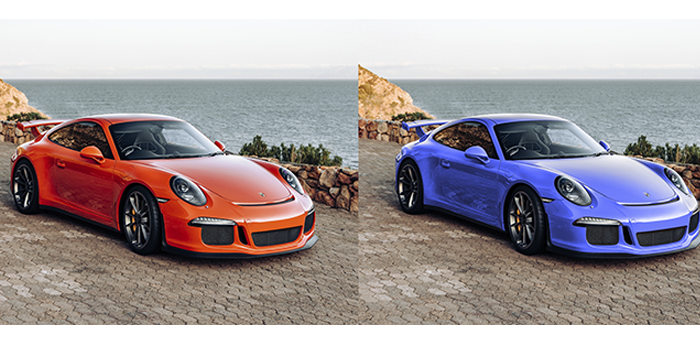Yes, it is indeed possible to have multiple shadows from different light sources. In fact, the interplay of multiple light sources can create complex and visually intriguing shadow patterns. Adding depth and dimension to objects and scenes. The formation and interaction of these multiple shadows depend on the positioning, direction, intensity, and color of the light sources. When there are multiple light sources illuminating an object or a scene. These shadows can overlap create new shapes depending on the angles and positions of the light sources. Here’s how the presence of multiple light sources can influence the shadows: Overlapping Shadows: When two or more light sources shine on an object from different directions. The resulting shadow might appear darker and more pronounced in areas where the shadows from different light sources coincide
Areas where the shadows
Don’t overlap as much could be less shadowed or even illuminated by the other light sources. Intersecting Shadows: If light sources are positioned at angles that cause their shadows to Color Correction intersection point might appear darker due to the cumulative shadowing effect. This can create visually interesting patterns and emphasize certain areas of an object. The direction of the shadows will be determined by the positions of the light sources relative to the object. Each light source will cast shadows in its own direction, leading to a complex play of light and shadow that can enhance the visual appeal of the object or scene. Shadow Intensity: The combined effect of multiple light sources can influence the intensity of shadows. Shadows that are cast from light sources at different distances or angles can vary in intensity.
Color and Temperature
If the multiple light sources emit light of different colors or temperatures. The shadows they cast can take on various hues. This can add a layer of complexity to the visual scene, altering the color balance and overall ambiance. Texture and Surface Interaction. Multiple light sources can bring out the texture of an object’s surface by creating shadows that highlight its contours and irregularities. This can make the object appear more three-dimensional and lifelike. The strategic placement of multiple light sources can be used to emphasize certain aspects of an object or scene. For example in photography or filmmaking. In various artistic and practical applications. Such as photography cinematography stage lighting and architectural design.The manipulation of multiple light sources and their resulting shadows is a crucial skill.

